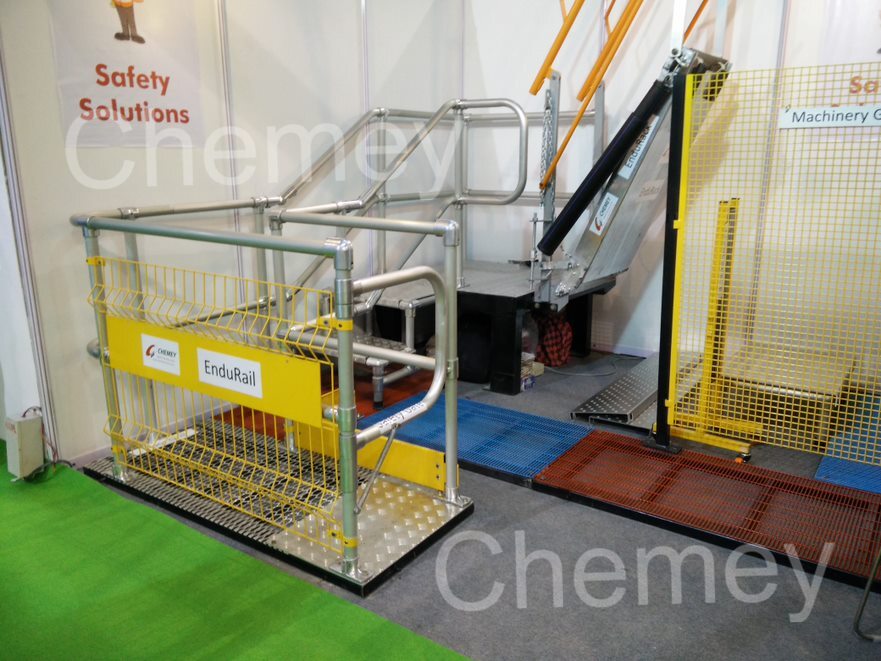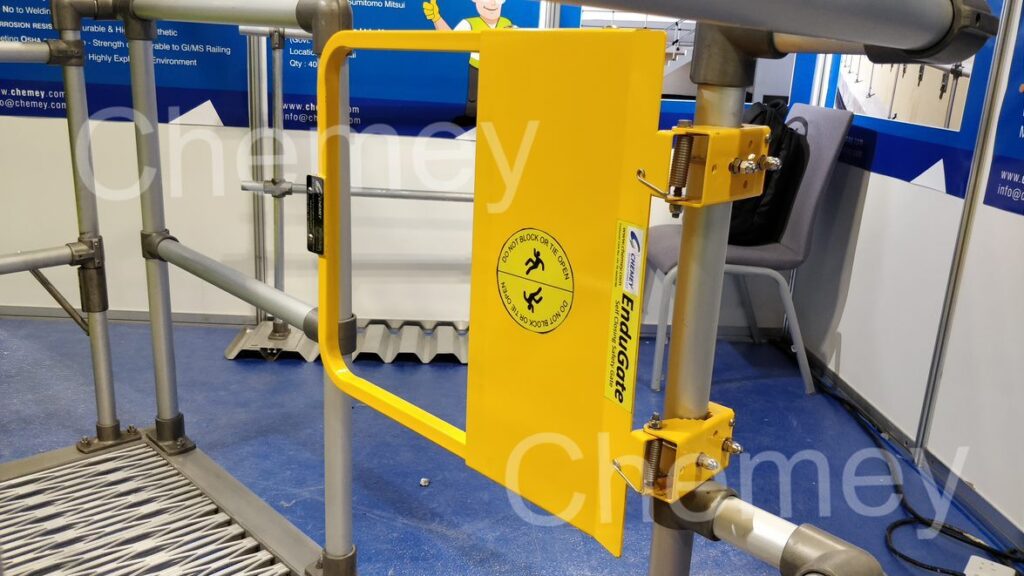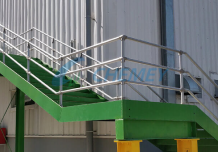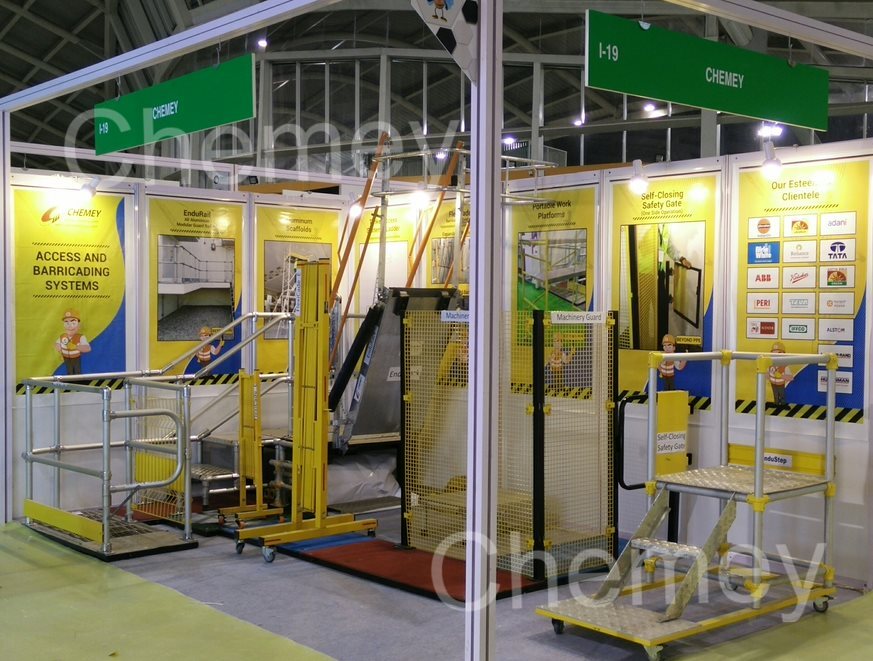The safety equipment industry is constantly evolving to meet the emerging trends and challenges in workplace safety.
Here are some points that need to be considered when you are evaluating safety equipment suppliers for revolutionizing workplace safety
- Is the supplier remain updated with emerging trends and challenges in the safety equipment industry?
- Is the supplier known for their innovative products and cutting-edge technologies?
- Is the supplier using cutting-edge technologies in safety gear manufacturing?
When searching for safety equipment / fall protection system suppliers, you can also check online blogs or industry-specific needs and standards. These resources can provide you with more options and information on suppliers’ capabilities and who may offer you the correct products and services to meet your specific safety needs.
Chemey always remains updated, guides the users for the changes, and incorporates those changes in their manufacturing so that they can offer products with emerging trends as per international requirements.
The following are new Norms in Guardrails and Safety Gates which one should be aware of when selecting Handrails and Safety Swing Gates for their workplace.
A) OSHA - COMPLIANCE of Guardrail (New Norms)
The section of the OSHA code that specifies most of the primary guardrail requirements and relates to safety railing is 1910.29. Specifically, the following sections are the most relevant to railing and guardrails for fall protection.
1910.29(b)(1)
The top edge height of top rails, or equivalent guardrail system members, are 42 inches (107 cm), plus or minus 3 inches (8 cm), above the walking-working surface. The top edge height may exceed 45 inches (114 cm), provided the guardrail system meets all other criteria of paragraph (b) of this section

1910.29(b)(2)
Mid rails, screens, mesh, intermediate vertical members, solid panels, or equivalent intermediate members are installed between the walking-working surface and the top edge of the guardrail system as follows when there is not a wall or parapet that is at least 21 inches (53 cm) high:
1910.29(b)(3)
Guardrail systems are capable of withstanding, without failure, a force of at least 200 pounds (890 N) applied in a downward or outward direction within 2 inches (5 cm) of the top edge, at any point along the top rail.
1910.29(b)(4)
When the 200-pound (890-N) test load is applied in a downward direction, the top rail of the guardrail system must not deflect to a height of less than 39 inches (99 cm) above the walking-working surface.
1910.29(b)(5)
Midrails, screens, mesh, intermediate vertical members, solid panels, and other equivalent intermediate members are capable of withstanding, without failure, a force of at least 150 pounds (667 N) applied in any downward or outward direction at any point along the intermediate member.
1910.29(b)(6)
Guardrail systems are smooth-surfaced to protect employees from injury, such as punctures or lacerations, and to prevent catching or snagging of clothing.
1910.29(b)(9)
Top rails and mid-rails must be at least 1/4 inch (0.6 cm) in diameter or thickness.
1910.29(f)(3)
Surfaces. Handrails and stair rail systems are smooth-surfaced to protect employees from injury, such as punctures or lacerations, and to prevent catching or snagging of clothing.
1910.29(k)(1)
A standard toe board shall be 3 1/2 inches in vertical height from the top edge to the bottom level of the floor, platform, runway, or ramp.
B) OSHA-COMPLIANCE of SAFETY GATES (New Norms)
OSHA’s new rule (November 2016) on walking-working surfaces and fall protection, OSHA states,
“OSHA believes that double chains do not fully protect workers from falls at hole entrances, and therefore, is adopting the existing and proposed requirements that entrances to ladderway floor and platform holes have a self-closing gate or be offset to prevent workers from falling.” Therefore, according to OSHA, a gate is required at the top of all ladders. Below is the new OSHA code reflecting this requirement:

1910.28(b)(3)(iv)
Each employee is protected from falling into a ladderway floor hole or ladderway platform hole by a guardrail system and toe boards erected on all exposed sides, except at the entrance to the hole, where a self-closing gate or an offset must be used.
1910.29(b)(13)
When guardrail systems are used around holes that serve as points of access (such as ladderways), the guardrail system opening:
1910.29(b)(13)(i)
Has a self-closing gate that slides or swings away from the hole, and is equipped with a top rail and mid rail or equivalent intermediate member that meets the requirements in paragraph (b) of this section.
Would you like to know more about emerging technologies and trending solutions for fall protection when work at heights? Or Do you need a custom quote?
For more information, call +91 9099033719 or send an e-mail to contact@chemey.com Follow us on Facebook | Instagram | Linkedin | Twitter



